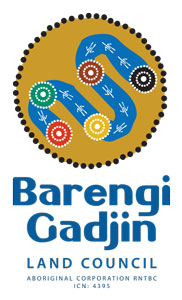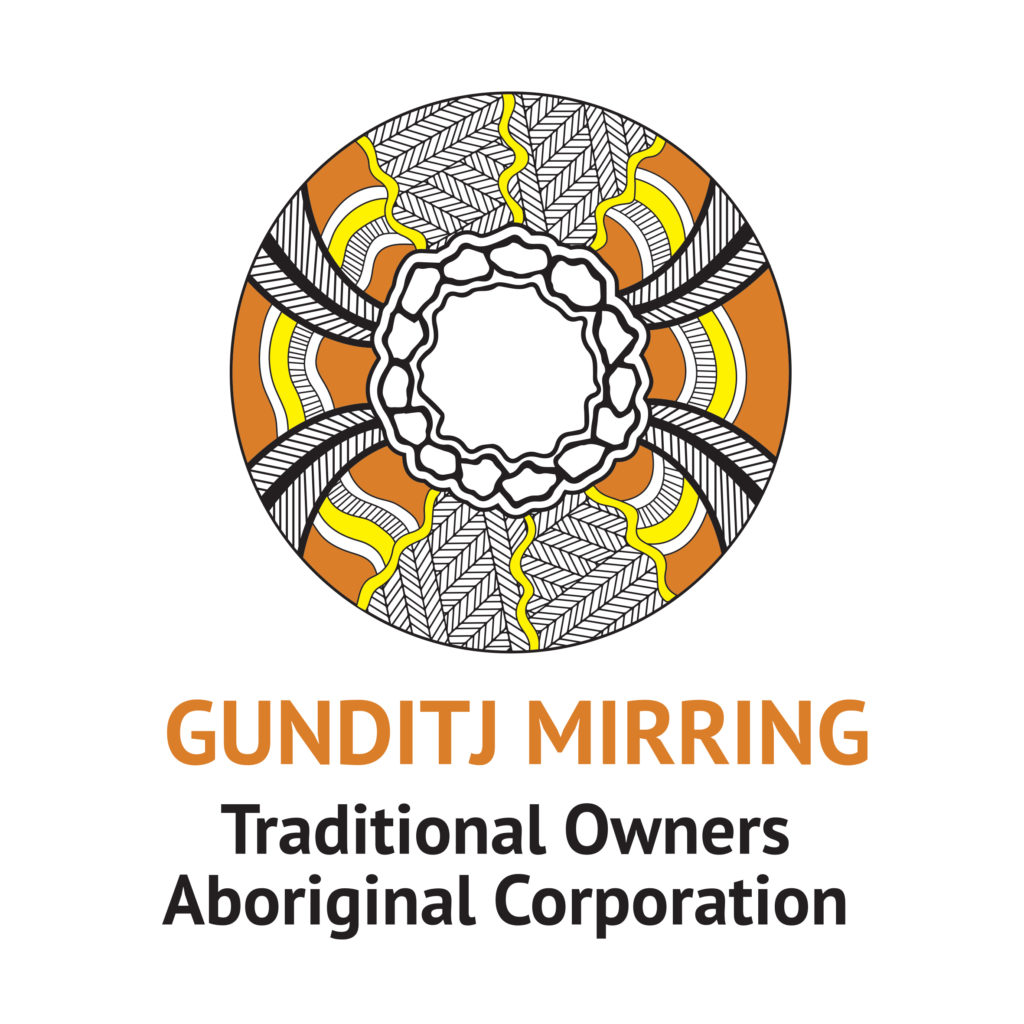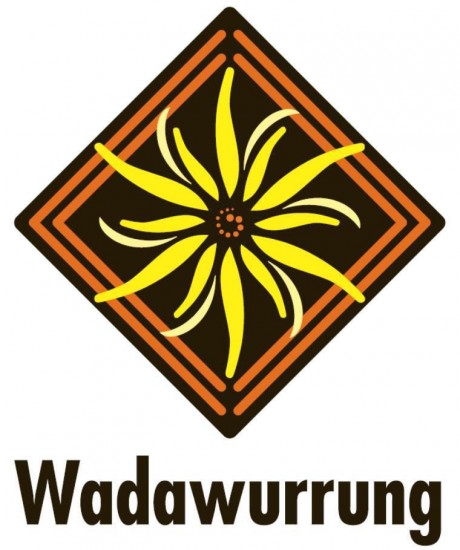The Glenelg Hopkins region is a diverse landscape, covering volcanic plains, grassy woodlands and eucalypt forests, productive Sea Country, significant rivers and extensive wetland systems. These landscapes are rich in both plant and animal life – such as black fish, eels, kangaroos and yam daisies – that have been cultivated and harvested to sustain permanent settlements of Aboriginal people in the region for millennia.
The Glenelg Hopkins region was home to numerous cultural and linguistic groups in pre-colonial times – Gunditjmara and the Eastern Maar Nations across the majority of the Glenelg and Hopkins River catchments and the coast, Jadawadjali and Wotjobaluk to the north of the Glenelg River, Wadawurrung in the north east, and Boandik to the west of the Glenelg River. The landscape remains rich in cultural values with Traditional Owners maintaining their spiritual connection to lands where they have custodial rights and responsibilities. Traditional Owner culture is expressed through involvement in land and sea management, teaching of culture practices and knowledge, and continuing to access and enjoy Country.
Four Traditional Owner groups help manage the unique cultural landscape of the Glenelg Hopkins region – Barengi Gadjin Land Council, Eastern Maar Aboriginal Corporation, Gunditj Mirring Traditional Owners Aboriginal Corporation and Wadawurrung Traditional Owners Aboriginal Corporation. Burrandies Aboriginal Corporation, representing Boandik Traditional Owners, also have interests and connections to Country in the western part of the Glenelg River catchment. Click the links below to learn more about Traditional Owner groups managing Country across the region.
Aboriginal people have a strong and continuing connection with the land and water across the Glenelg Hopkins region. They have important cultural obligations to manage their lands and waterways. Traditional Owner led management of Country is central to the region’s future.






